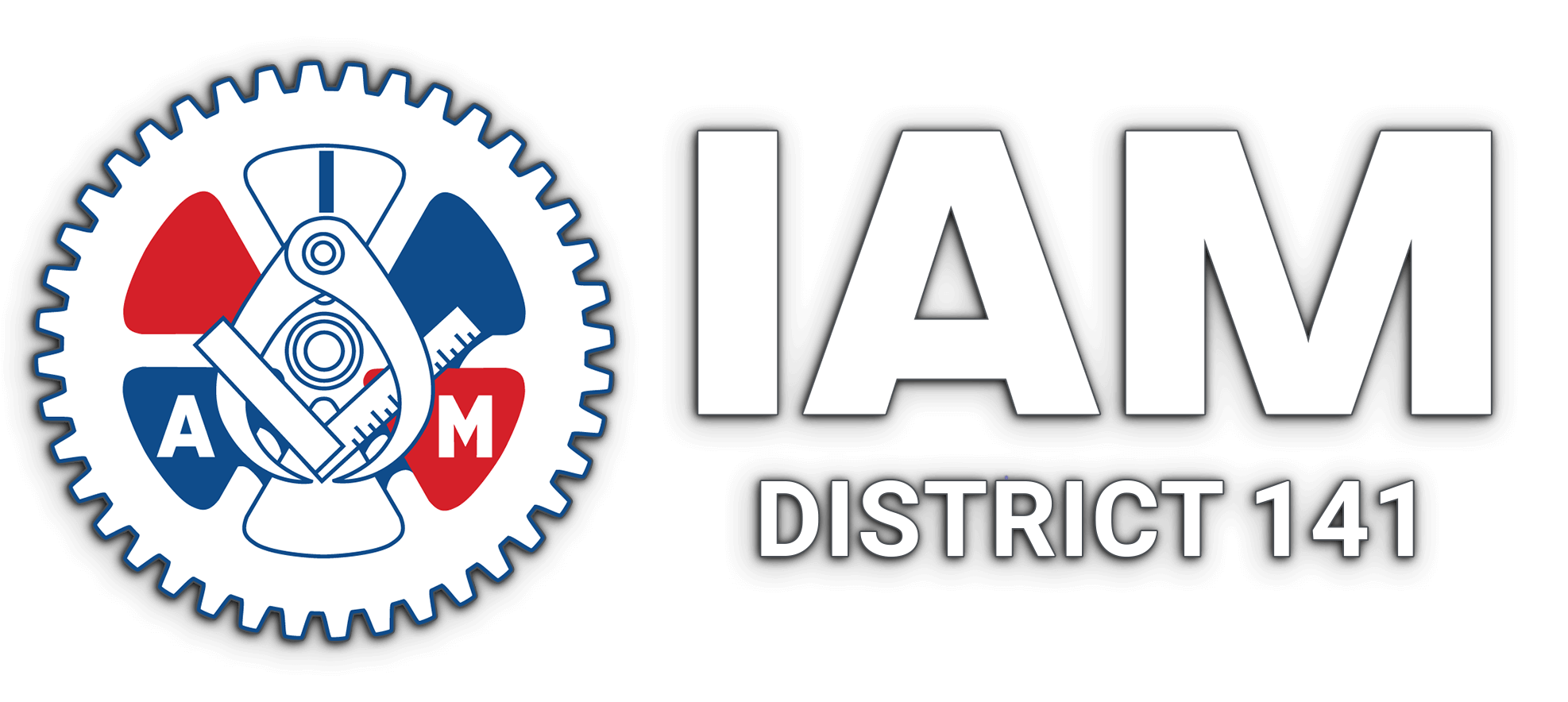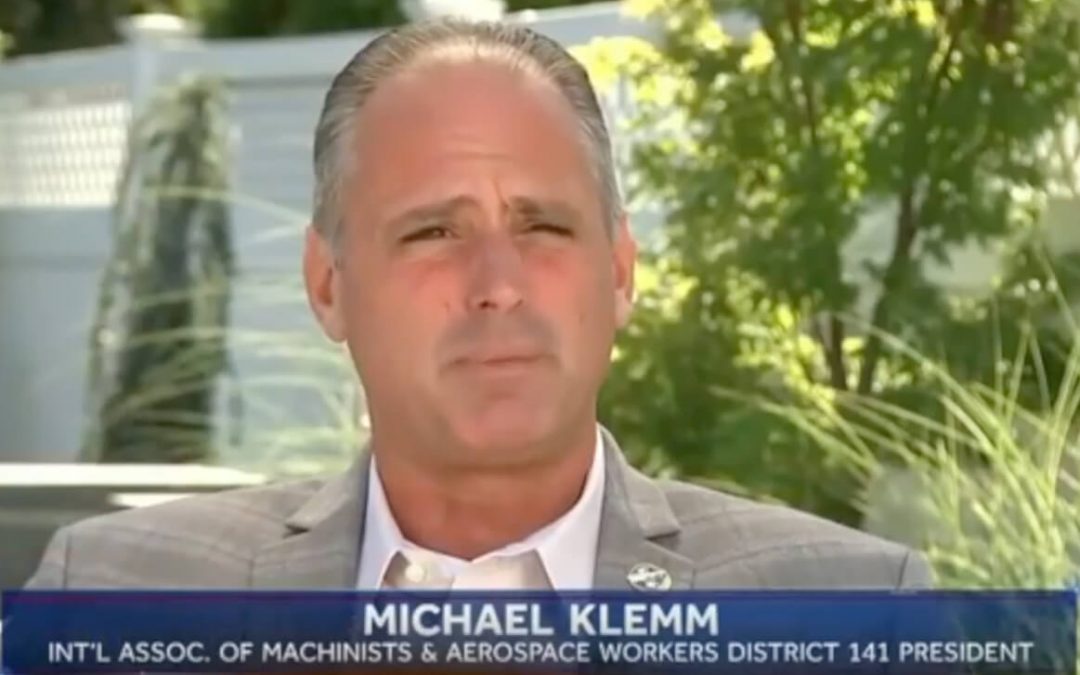
by Eric Price | Sep 30, 2021 | COVID, Front Page, Page Four, Page Three, Page Two, Row 2, United, Video
IAMAW District President and Directing General Chair, Mike Klemm was among those calling for United to use incentive programs before terminations at United. Mike Klemm, District 141 President, on NBC Nightly News Discussing Vaccine Mandates IAMAW District 141...
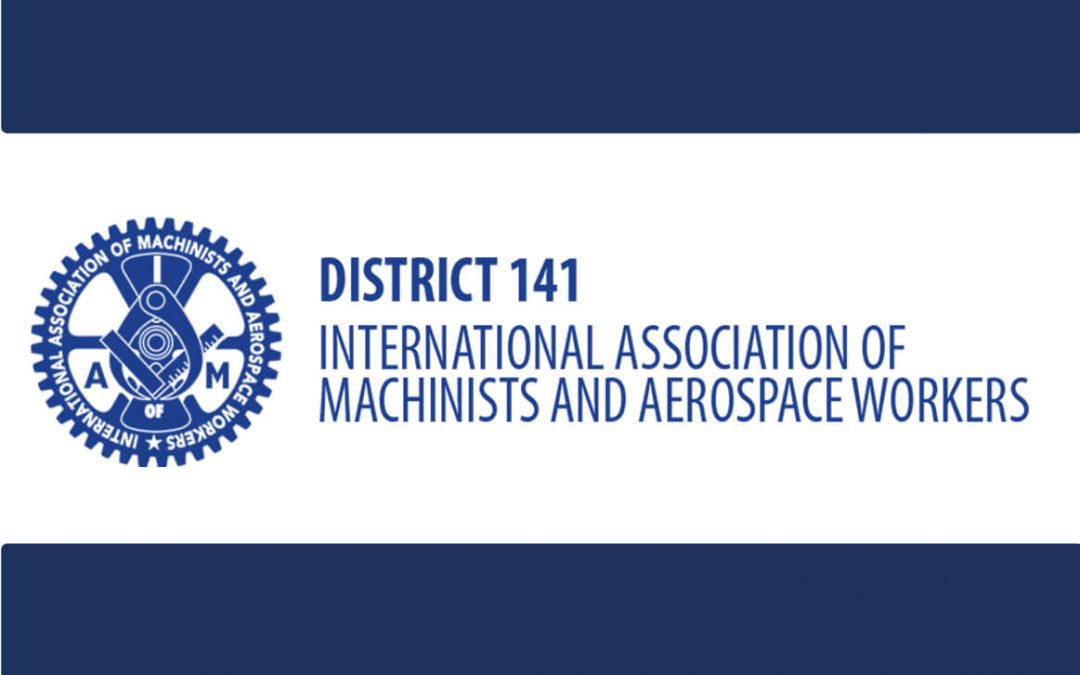
by Eric Price | Sep 29, 2021 | Front Page, Organizing, Page Five, Page Four, Page Three, Page Two, Row 2, Spirit, Uncategorized
Spirit Airlines Negotiations Update September 29, 2021 Dear Brothers and Sisters, As you are aware, Spirit Airlines has advised you of their request for Meditation Services. We are disappointed that the airline has decided to take this position. The IAM and your...
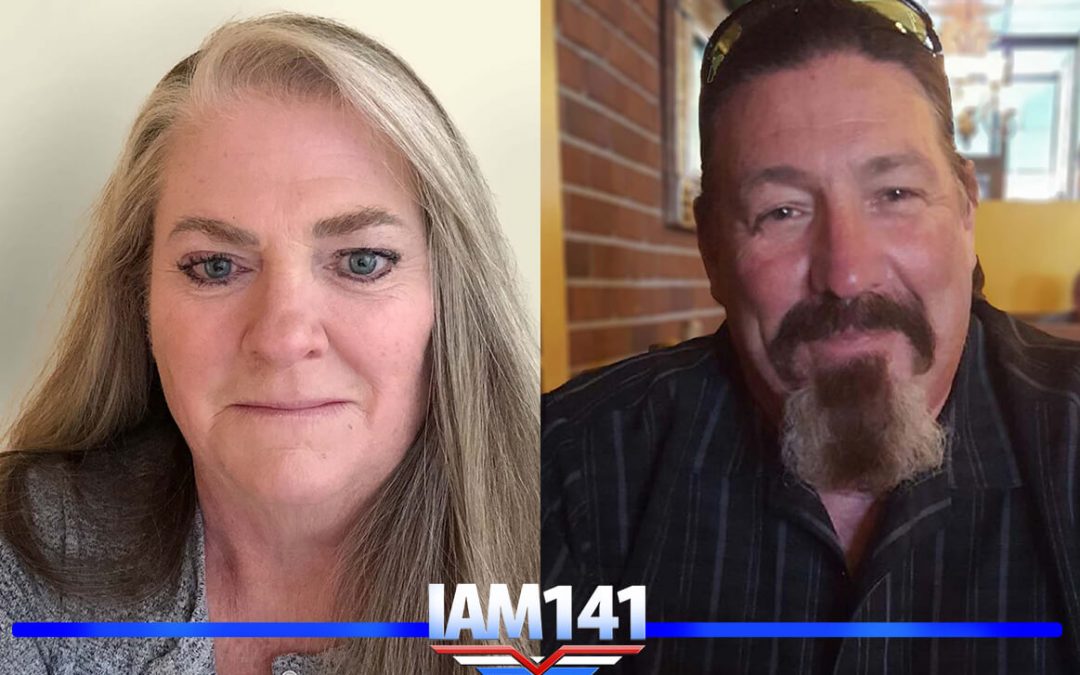
by Eric Price | Sep 29, 2021 | Front Page, Page Five, Page Four, Page Three, Perusals, Row 2
Jen Jolly and Rodney Walker Named New District 141 Vice Presidents. IAMAW District 141 President and Directing General Chair Mike Klemm has announced that Jen Jolly of Local Lodge 1287 (Salt Lake) and Rodney Walker of Local Lodge 1726 (Boston) have been tapped to...
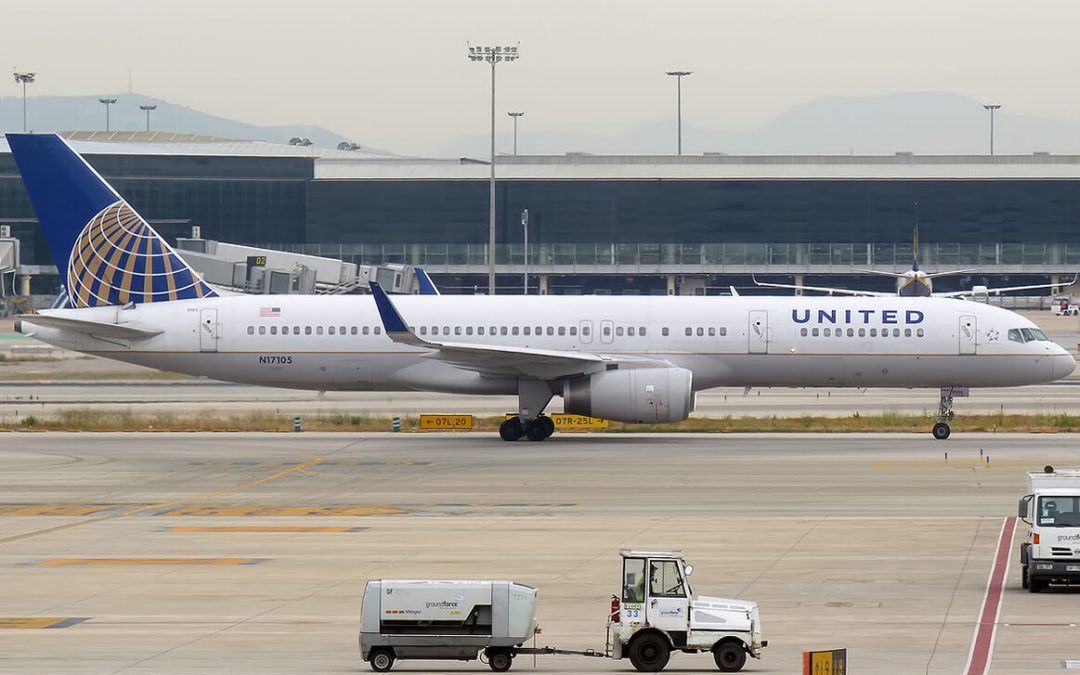
by Eric Price | Sep 28, 2021 | Front Page, MNPL, Page Five, Page Four, Perusals, Row 2, United
DOT Fines United Airlines $1.9 M for Holding Passengers on Tarmac Too Long From DOT.gov The U.S. Department of Transportation (DOT) today fined United Airlines $1.9 million for violating federal statutes and the Department’s rule prohibiting long tarmac delays. The...
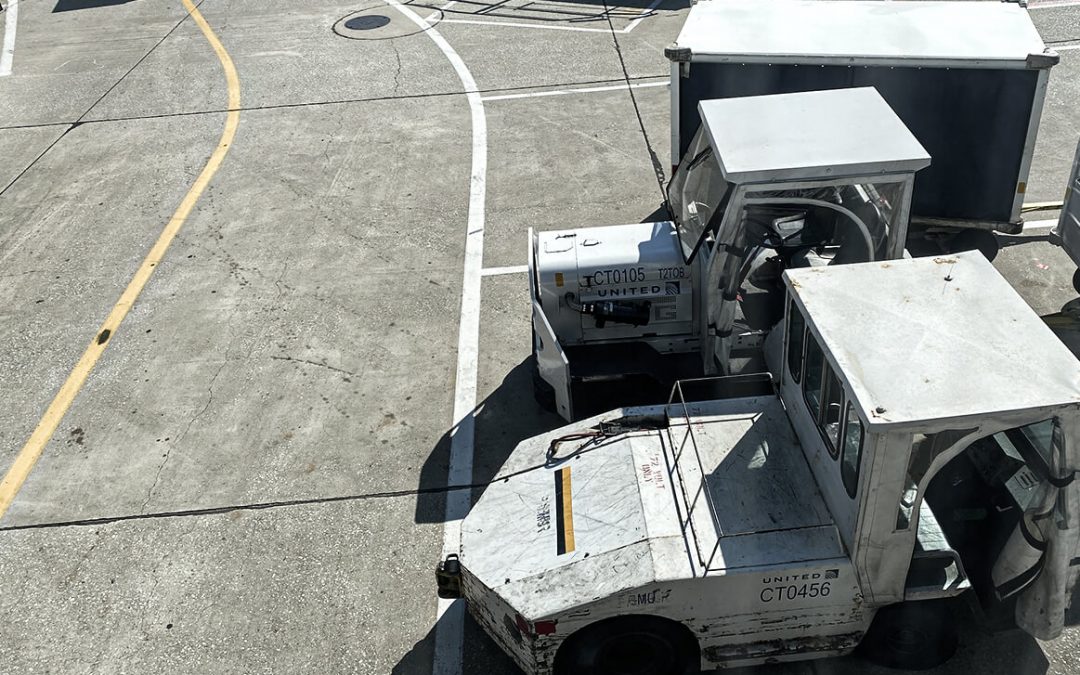
by Eric Price | Sep 27, 2021 | Front Page, Page Five, Page Two, Perusals, Row 2, Safety, United
United Delays Action Against Employees With Medical or Religious Exemptions Facing a lawsuit filed by six United Airlines employees, the carrier has announced that it will postpone the decision to place those with medical or religious exemptions on unpaid leave until...

by Eric Price | Sep 27, 2021 | Front Page, GOIAM Stories, Page Three, Page Two, Perusals, Row 2
IAM LEADS Fight For Gender Equity The Machinists Union is following through on its promise to support women in their efforts to rise through the ranks of the IAM to leadership positions across North America. International President Robert Martinez Jr. announced the...







